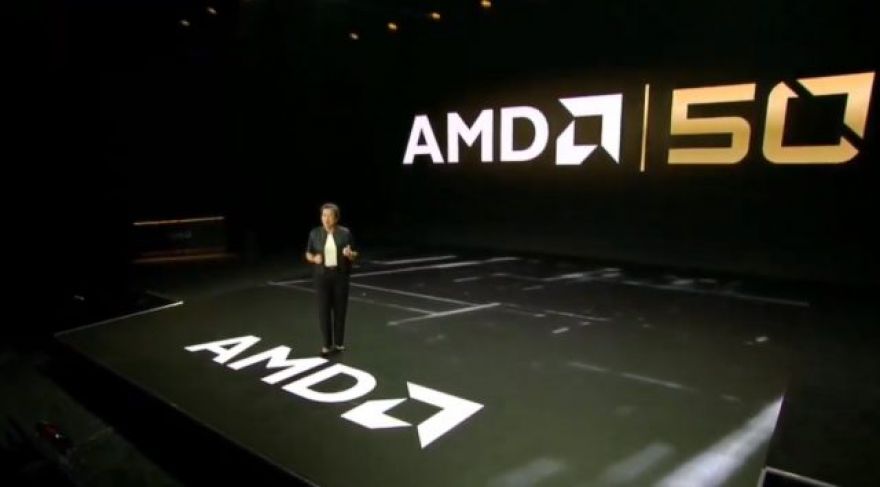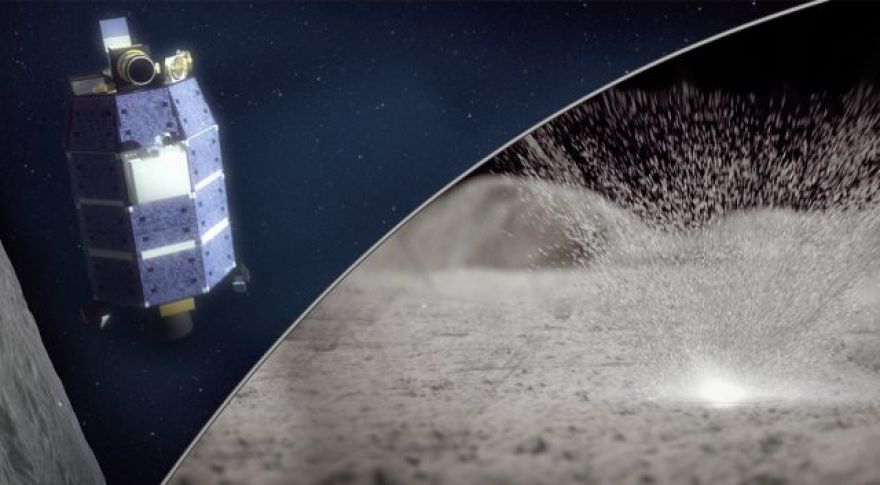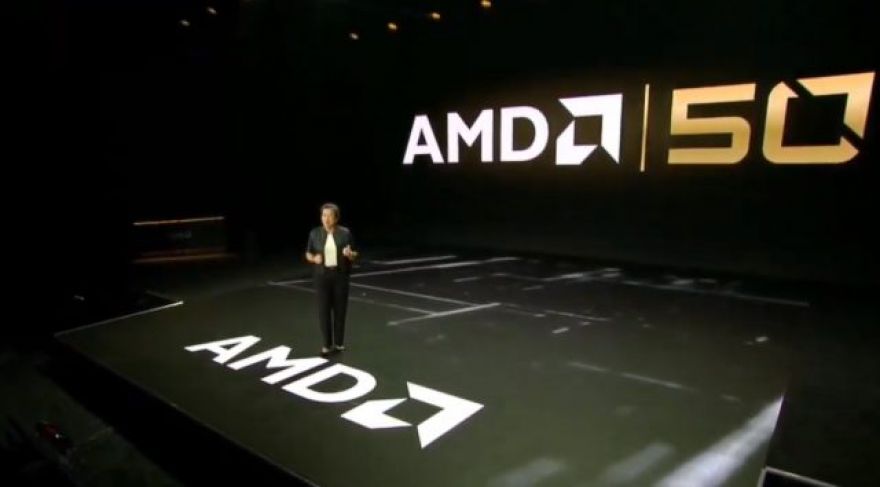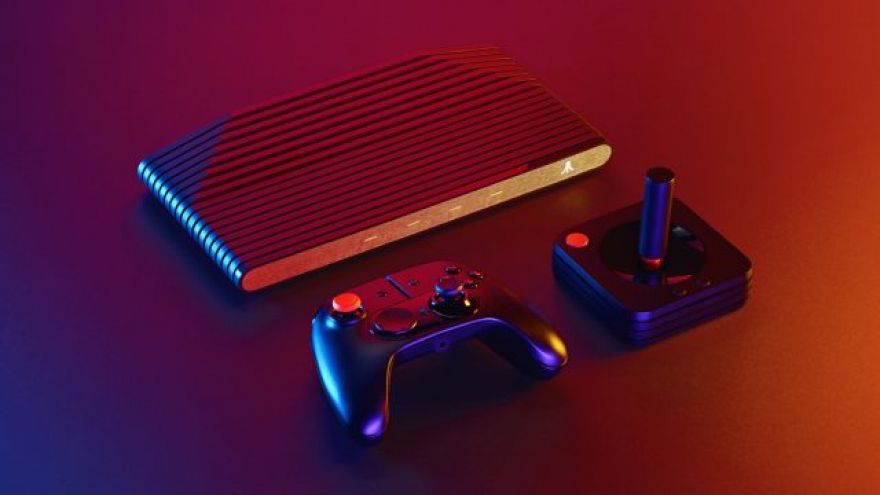
The battle to save the 856-year-old Notre Dame involved more than 500 firefighters. The effort was partially successful — despite a tremendous amount of damage, the cathedral is not a total loss. That’s thanks in part to a new 1,100-pound firefighting robot, dubbed Colossus. Colossus, which looks a bit like someone mated a tank with a Big Dog mower, is specifically designed for firefighting. For an in-depth discussion of the challenges of this type of operation and how it related to Notre Dame specifically, firefighter Gregg Favre has posted some of his own observations and thoughts below:

With the new disclosures we’re hearing around the PlayStation 5, it’s a given that we’d also be hearing tips about the GPU that powers it. There have been a few broad categories of leaks around the chip. Last year, AdoredTV suggested that AMD would aggressively bring a set of GPUs to market to undercut Nvidia’s Turing. Those leaks collectively looked like this: Now, someone posting at (the SFW variant of 4chan) is claiming to work at AMD, with additional information on the “Radeon RX 3080.” (The thinking is, AMD will combine its Radeon and Ryzen branding into similar numbers for each family).

We tend to think of the as an airless wasteland, and that’s mostly true. The moon actually has a tenuous envelope of water and hydroxyl (OH) molecules. NASA launched the Lunar Atmosphere and Dust Environment Explorer (LADEE) mission in 2013 to study the wispy gas around the moon. Now, NASA reports LADEE spotted what scientists had long expected. Meteorite impacts on seemingly dry patches of the moon can that regenerates the “exosphere” and moves water around the surface. LADEE was a short-term lunar exploration mission, spending less than a year orbiting the moon from September 2013 to April 2014.

NASA’s Kepler space telescope has ended its planet spotting mission, but the agency’s Transiting Exoplanet Survey Satellite (TESS) has already picked up the torch. TESS has detected a new exoplanet called HD 21749c. This is not the first planet to show up in TESS data, but it is the . launched in April 2018 atop a Falcon 9 rocket. The Kepler telescope was already experiencing issues due to mechanical failures at that time, but it had already far surpassed expectations by spotting thousands of potential exoplanets. TESS started science operations in July 2018, several months before NASA announced Kepler was out of fuel and would shut down.

With the new disclosures we’re hearing around the PlayStation 5, it’s a given that we’d also be hearing tips about the GPU that powers it. There have been a few broad categories of leaks around the chip. Last year, AdoredTV suggested that AMD would aggressively bring a set of GPUs to market to undercut Nvidia’s Turing. Those leaks collectively looked like this: Now, someone posting at (the SFW variant of 4chan) is claiming to work at AMD, with additional information on the “Radeon RX 3080.” (The thinking is, AMD will combine its Radeon and Ryzen branding into similar numbers for each family).

The fake-Atari VCS project — which, again, has nothing to do with the original Atari — has been in various stages of production for the past few years. Originally, the platform was expected to use an older Bristol Ridge chip, but we now know the Atari VCS will be deploying one of two chips in AMD’s Ryzen Embedded R1000 SoC family. If you’re wondering how these chips compare with the already-announced Ryzen Embedded V-family, that’s easy: They’re lower-end cores (for the most part) with fewer cores and lower top-end frequencies. And here’s AMD’s R1000 SoC family:

Yesterday, Apple and Qualcomm kicked off a massive court case certain to range for years across their respective businesses. Today, they quit. Apple and Qualcomm have signed an agreement to end all of the outstanding legal cases they’ve brought against each other. Under the terms of the agreement, Apple will make an undisclosed payment to Qualcomm. The two companies have drawn up a six-year license agreement with a two-year option to extend this agreement and a multiyear chipset agreement. No further information has been provided at this time. Qualcomm stock has exploded upwards on this guidance, rising 20 percent.

NASA launched a last year, and you can help the project along with a smartphone and a few minutes of your time. ICESat-2 measures elevation from orbit as part of NASA’s climate research, but the agency would like some data from the ground to verify those readings. So, it’s rolled out a new tool in the GLOBE Observer app for iPhone and Android. ICESat-2 uses an instrument called the Advanced Topographic Laser Altimeter System (ATLAS) to measure elevation from its position 300 miles (500 kilometers) above our heads. ATLAS flashes a 532nm beam of light 10,000 times per second, measuring how long it takes those samples to rebound.

OnePlus is expected to announce its latest smartphone in the coming weeks, but it might actually announce more than one for the first time. After seeing the supposed OnePlus 7 with a pop-up camera in several leaks, another phone bearing that name has surfaced. According to a new leak, the real OnePlus 7 will probably look almost exactly like the OnePlus 6T, and that other phone will be the OnePlus 7 Pro. The newest leak comes in the form of from OnLeaks, who has been consistently accurate in the past. These are not renders of the phone from OnePlus itself, but they come from leaked CAD files and then rendered by OnLeaks.









